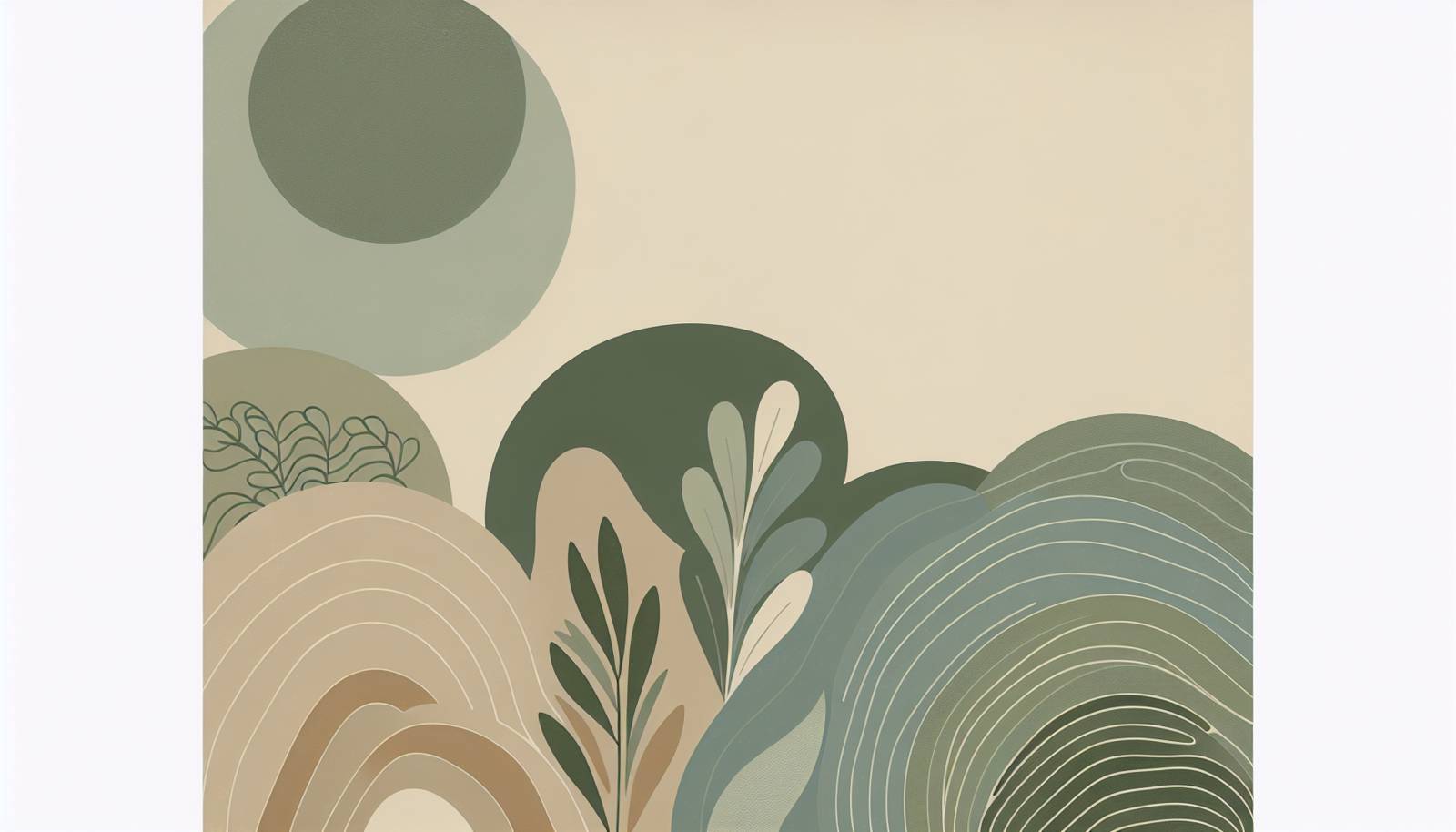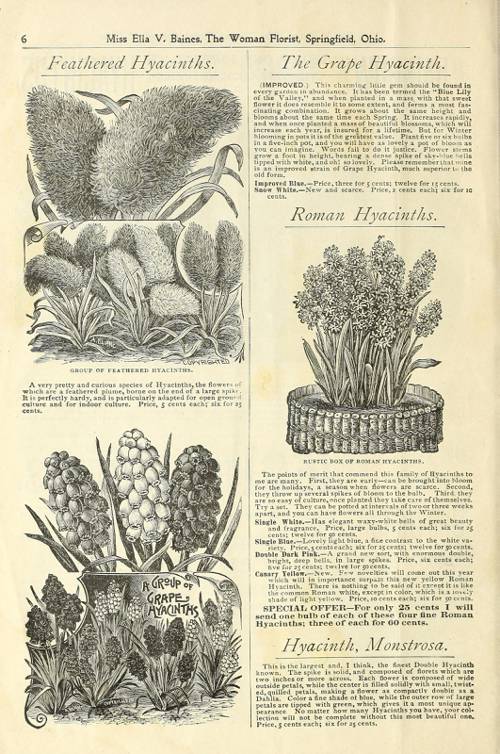
FAQ About Indoor Plant Cold Weather Care

How can I protect my indoor plants from cold drafts?
To protect indoor plants from cold drafts, ensure they are placed away from windows and doors that may allow cold air to enter. Use draft stoppers on doors and seal any gaps in windows with weather stripping or caulk. Additionally, consider moving plants to a warmer area in the room if they are near a drafty location.

What temperature is too cold for indoor plants?
While the ideal temperature varies depending on the species, most indoor plants thrive in temperatures ranging from 60°F to 75°F (15°C to 24°C). Once temperatures drop below 50°F (10°C), many tropical plants might begin to show signs of stress, so it's important to monitor room temperature closely.

How often should I water indoor plants during the winter?
Indoor plants generally require less water during the winter because growth tends to slow down. Allow the top inch of soil to dry out between waterings, and be sure to check that the pot has adequate drainage to prevent overwatering, which can lead to root rot.

Is it necessary to use a humidifier for indoor plants in cold weather?
Using a humidifier can be beneficial for your indoor plants during the cold weather months since heating systems often dry out indoor air. Most houseplants, especially tropical ones, prefer humidity levels around 40-60%. If a humidifier isn't available, placing a tray of water near plants or misting the leaves can also help maintain humidity.

Can I fertilize my indoor plants during the winter?
Fertilizing indoor plants during winter is not typically necessary, as most plants experience a period of dormancy and reduce their growth rate. It is best to resume fertilizing in the spring when plants show signs of new growth. Over-fertilization in winter can lead to nutrient build-up and harm the plants.

Should I prune my indoor plants in the cold season?
Pruning indoor plants during the cold season should be done sparingly. Focus on removing any dead or unhealthy leaves and stems to keep the plant tidy, but avoid heavy pruning. Significant pruning is best reserved for spring or summer when plants are actively growing.

What's the best lighting arrangement for indoor plants in winter?
Indoor plants receive less natural light during the winter due to shorter days and overcast skies. Position plants closer to windows with the most sunlight exposure, preferably south-facing ones. If natural light is insufficient, consider supplementing with grow lights to provide adequate illumination.

Do indoor plants need to be rotated in winter?
Yes, rotating indoor plants during winter can promote even growth by exposing all sides of the plant to light. This is particularly important if plants are relying on light from a single source. A quarter turn every few weeks is often recommended.

How can I increase humidity around my indoor plants without a humidifier?
To increase humidity around indoor plants without a humidifier, place a shallow tray of water near the plants, or grouping plants together can create a micro-environment with higher humidity. Regularly misting the leaves can also temporarily boost humidity levels.

What are common signs of cold stress in indoor plants?
Common signs of cold stress in indoor plants include yellowing leaves, leaf drop, wilting, or browning of the leaf edges. If you notice these signs, try to adjust the plant's location to a warmer area and ensure it is not in the path of cold drafts.

Is it safe to use tap water for indoor plants during winter?
Using tap water for indoor plants is generally safe, but it's important to let it sit for 24 hours to allow chlorine and other chemicals to evaporate, especially during winter when plants are more vulnerable. Using room temperature water can also prevent shocking the plant roots.

Can indoor plants be moved outside during winter?
It's not advisable to move indoor plants outside during winter unless they are hardy enough for the cold conditions. Most houseplants are sensitive to cold temperatures and can suffer damage or death if exposed to frosty weather.

What should I do if my indoor plant leaves start wilting in cold weather?
If indoor plant leaves begin wilting in cold weather, check for drafts and move the plant to a warmer location. Ensure the plant is not sitting in waterlogged soil by adjusting watering practices and inspecting the drainage system.

How can I prevent indoor plant pests during the colder months?
To prevent indoor plant pests in winter, regularly inspect plants for signs of infestation, keep the area clean by removing fallen leaves, and ensure proper humidity. If pests are found, treat with insecticidal soap or natural remedies such as neem oil.

Why do indoor plants grow slower during the winter?
Indoor plants grow slower during winter due to lower light levels, reduced temperatures, and shorter day lengths, causing most plants to enter a state of dormancy. This natural slowdown conserves energy, allowing plants to survive until conditions improve.

Can artificial lighting improve indoor plant health in winter?
Yes, artificial lighting, such as LED grow lights, can improve indoor plant health during winter by supplementing natural sunlight. These lights can mimic the spectrum of sunlight, providing vital light especially in areas with limited natural exposure during the shorter days.

What varieties of indoor plants handle cold weather best?
Some indoor plants are more tolerant of cooler temperatures, including ZZ plants, snake plants, and some varieties of succulents and ferns. These plants can better withstand lower temperatures and less light than more tropical species.

Should I repot indoor plants during the winter season?
Repotting indoor plants is best saved for spring or early summer when they are in their active growth phase. However, if a plant is severely root-bound or the soil has degraded, proceed with caution, ensuring minimal disruption to the plant.

How do I care for tropical indoor plants during cold weather?
Tropical indoor plants require extra care during cold weather. Keep them away from drafts, maintain consistent warmth, use a humidifier or misting to keep humidity levels high, and provide adequate lighting to mimic their natural tropical environment.

What are some cold weather tips for succulent care indoors?
For succulents during cold weather, keep them in a bright, south-facing window where they can receive adequate light, make sure the soil is well-drained, reduce watering to prevent sogginess, and maintain room temperatures that are not too cold.
